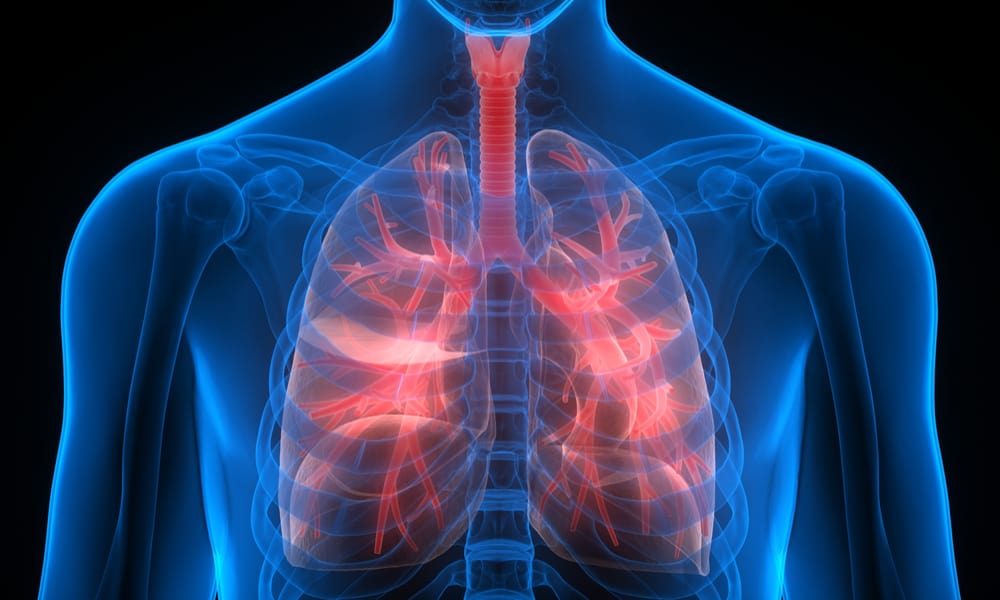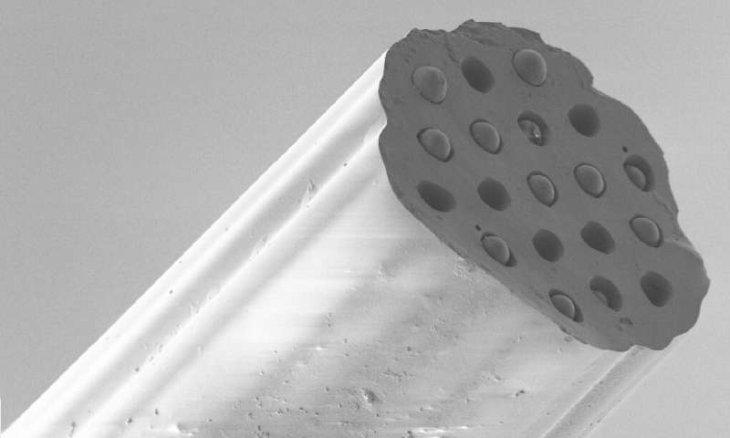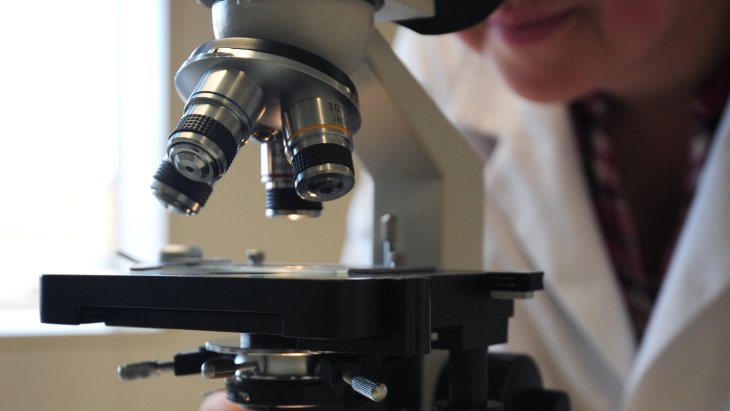This New Hair-Sized Device Can Better Monitor Lung Diseases
Vinay Chopade - Sep 12, 2019

Recently, a team of researchers has invented a microscopic device able to measure important indicators of damaged tissues deep in patients’ lungs.
Recently, a team of researchers from Universities of Edinburgh, Bath, and Herriot-Watt has invented a microscopic device which is able to measure important indicators of damaged tissues deep in patients’ lungs, therefore helping to monitor how the diseases have been developing, pneumonia for example. As mentioned in the research of Scientific Reports, there is an optical fiber in this medical device, which can hold up to 19 sensors in the space of nearly 0.2 millimeters across.

Different sensors will be in charge of different indicators in the damaged tissues, oxygen levels and acidity for example, which then provides valuable information on how patients’ bodies have been reacting to the disease.
This new technology, which was created by the University of Edinburgh, Bath and Herriot-Watt’s researchers in the British, makes it easier to monitor accurately the tissue in areas that cannot be reached by current technologies.

Diseases related to the lungs are said to be one of the main reasons for disability and death all over the world. Even though considerable advances have been made, it appears that people do not know much about the development of the disease like lung injury or pneumonia inside the patients.

The research team says that this hair-sized device will be very helpful in improving the way patients are being treated and assessed because it is able to recognize even the smallest changes in the health of the tissue. Especially, it will be of great help for patients who are receiving intensive care or being supported by ventilators.

The researchers also mentioned that they design this new technology with the aim of offering more accurate, flexible and faster measurements and augmenting more sensors.
Moreover, the technology can also be implemented in other parts of the human’s body, as well as used to provide more information about bacterial and inflammatory diseases.
Michael Tanner, in the University of Edinburgh, said:

Featured Stories

Features - Jul 01, 2025
What Are The Fastest Passenger Vehicles Ever Created?

Features - Jun 25, 2025
Japan Hydrogen Breakthrough: Scientists Crack the Clean Energy Code with...

ICT News - Jun 25, 2025
AI Intimidation Tactics: CEOs Turn Flawed Technology Into Employee Fear Machine

Review - Jun 25, 2025
Windows 11 Problems: Is Microsoft's "Best" OS Actually Getting Worse?

Features - Jun 22, 2025
Telegram Founder Pavel Durov Plans to Split $14 Billion Fortune Among 106 Children

ICT News - Jun 22, 2025
Neuralink Telepathy Chip Enables Quadriplegic Rob Greiner to Control Games with...

Features - Jun 21, 2025
This Over $100 Bottle Has Nothing But Fresh Air Inside

Features - Jun 18, 2025
Best Mobile VPN Apps for Gaming 2025: Complete Guide

Features - Jun 18, 2025
A Math Formula Tells Us How Long Everything Will Live

Features - Jun 16, 2025
Comments
Sort by Newest | Popular